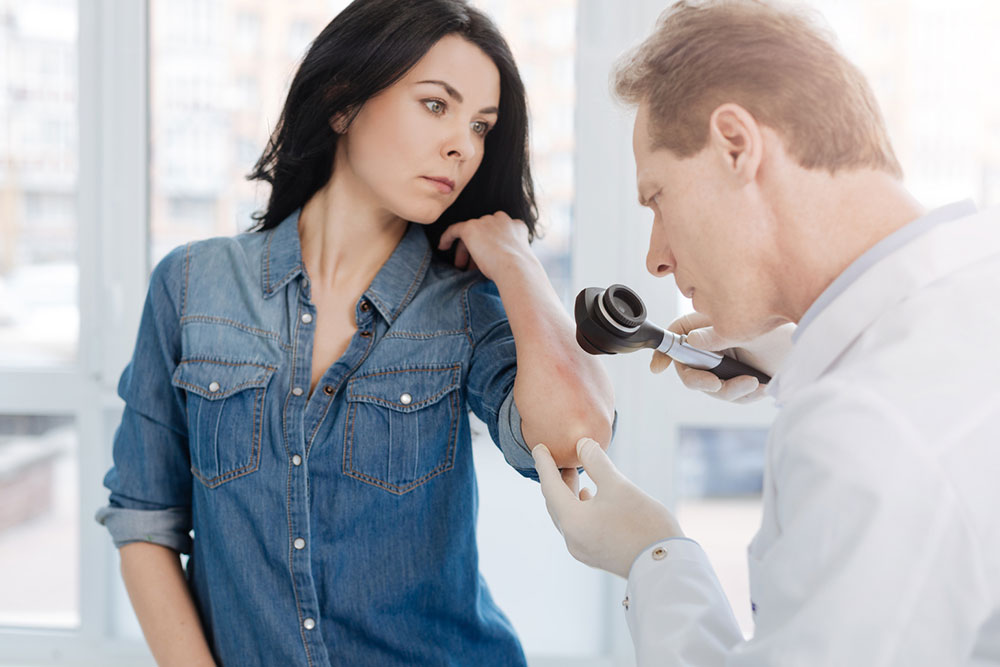4 common signs of developing psoriasis

Psoriasis is an autoimmune health condition that affects the skin, and, in rare cases, even the joints. Depending on its type, psoriasis can cause various signs and symptoms in specific areas of the skin. While the condition does not have a cure, there are ways in which one can manage psoriasis. But, for early diagnosis and quick treatment, it is important to identify some common, glaring signs of developing psoriasis.
Plaques on the skin
Plaques are raised patches on the skin, which are inflamed and often red, silver, or purple in color. These patches can appear anywhere on the body, but most commonly, they develop on the elbows, knees, scalp, and back. These plaques can also be itchy and sore. The appearance of these patches indicates the development of a specific type of psoriasis called plaque psoriasis.
Rashes
If one notices rashes appearing in the areas where their skin folds, it could indicate the development of inverse psoriasis. These rashes usually show up in areas such as the armpits, under the breasts, and the groin, where two layers of skin touch each other. Rashes can be painful and itchy and one may notice the pain and discomfort worsening when they sweat or when there is friction.
Dents in nails
Nail psoriasis is a type of psoriasis that affects a lot of people. A common sign that indicates the development or onset of this condition is dents appearing on the nails. One may also notice white, yellow, or brown discoloration on their nails. In some cases, one may also find their nails crumbling or lifting up from the skin.
Pus-filled blisters
Pustular psoriasis is another common type of psoriasis that affects a lot of people. A glaring sign of developing this psoriasis is the formation of pus-filled bumps on different parts of the body. Most commonly, these bumps appear on the arms and feet. The condition can be really painful, and these bumps usually burst on their own within 24 to 48 hours of forming.

